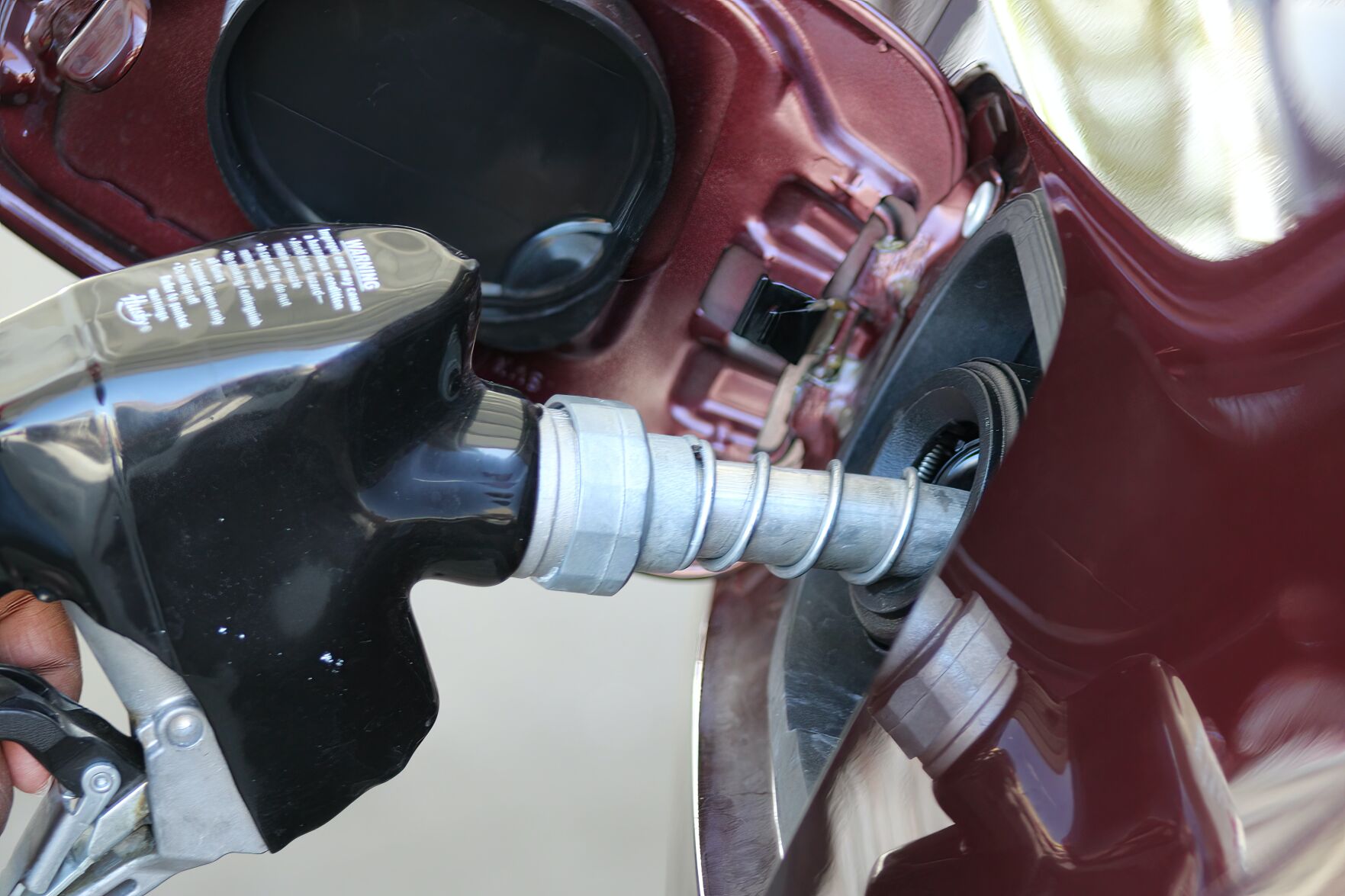President Joe Biden has proposed that Congress enact a three-month federal gas tax holiday to help Americans squeezed by the recent skyrocketing price of gasoline and is encouraging states to follow suit by suspending their own gas taxes. You may have your own thoughts about why oil and gas prices have gotten so high so quickly, and what or who is responsible.
But leaving that aside, how helpful would Biden’s proposed gas tax holiday be—for all of us, especially for farmers?
Mike Steenhoek, executive director of the Soy Transportation Coalition, has gathered and crunched some helpful facts and figures to help make a rough determination for a hypothetical “average” American motorist and farmer who uses over-the-road diesel fuel.
According to the U.S. Department of Transportation the average American annually drives 14,263 miles a year. The average fuel economy is 25.4 miles per gallon, according to the Environmental Protection Agency. Americans on average pay 57.09 cents per gallon in total gasoline taxes—18.4 cents in federal taxes plus 38.69 cents in state taxes, as calculated by the American Petroleum Institute. The 38.69 cents figure is an average of state gas taxes; individual state gas taxes are, of course, higher or lower than the average.
By dividing 14,263 miles by 25.4 miles per gallon, we get 562 gallons of gasoline purchased each year. The total gas tax on those 562 gallons comes to $320.85, with $103.41 spent in federal gasoline taxes alone. Put another way, this average American spends 88 cents a day in total gas taxes, or 28 cents just in federal taxes. Remember, we’re only talking about the gas tax here; the total price you pay at the pump is much higher.
What about farmers, though?
According to the American Petroleum institute, the average tax per gallon for diesel fuel is 64.64 cents, or 24.4 cents federal diesel taxes plus 40.24 cents in average state diesel taxes. Again, the last figure is an average of state taxes; each state will have higher or lower fuel tax.
In Steenhoek’s hypothetical, Farmer Jones produces a crop of 135,000 bushels of corn on 600 acres and 25,000 bushels of soybeans on 400 acres. If he uses a 5-axle, 80,000-pound semi to move his crops, Farmer Jones would require 114 trips for corn (assuming 964 bushels per load) and 28 trips for soybeans (at 900 bushels per load) for a total of 142 trips for both crops. If the delivery location is 25 miles from the farm (making 50 miles round trip), 7,100 miles would be driven to deliver the total farm production.
Assuming fuel economy of 5 miles per gallon for the semi, those trips would take 1,429 gallons of diesel. Farmer Jones would therefore save $346.48 in federal fuel taxes alone—or a total of $917.89 if his state joined the tax holiday. Put another way, Farmer Jones would save 95 cents a day with just a federal suspension of the fuel tax and 2.51 cents per day if both federal and state diesel taxes were suspended.
David Murray can be reached at [email protected].



